The streets and areas of Vila Real de Santo António and Monte Gordo which were flooded this Thursday, September 23, had already been "identified as hotspots," the VRSA City Council said today.
The municipality adds, in a press release, that since September it had been taking measures since September, having reinforced them "last week and during yesterday".
The Chamber of VRSA begins by classifying the rains as an “atypical meteorological phenomenon”, which “caused the accumulation of large bodies of water in areas and arteries of the city and of Monte Gordo», causing restrictions on automobile and pedestrian circulation.
"In addition to the actions on the ground", the services of Ecoambiente (company responsible for urban cleaning) "have been carrying out, since the beginning of September, cleaning work on all sinks and gutters in the municipality", adds the municipality of Vila Real de Santo Antonio.
The municipality also reinforced the cleaning actions, «last week and during yesterday», taking into account «the forecasts of heavy rain for today, 23 September».
The Ecoambiente teams "continue on the ground to clear all the sinks that were hit by the storm, which swept away some masses of earth and foliage", explains the municipality.
The situation was monitored by the municipality of Vila Real de Santo António, in a work that articulated, in a joint manner, the municipal Civil Protection Service, Firefighters, Sapadores Florestais, municipal services, National Republican Guard (GNR), Public Security Police ( PSP), Parish Councils, Ecoenvironment and Águas do Algarve.
In total, 41 incidents were registered, involving 29 operators and 14 vehicles, which led, during the morning, to the authorities to drain water in the affected arteries and in some garages.
According to the meteorological station of the Portuguese Institute of the Sea and the Atmosphere (IPMA), it was recorded, in one hour, the fall of 42,1 millimeters of precipitation in the city and adjacent border areas, namely in Ayamonte and Ilha Cristina, where the floods were much more severe.
The municipality concludes by saying that «the bad weather that was felt in the municipality of VRSA it originated in a pocket of cold air at height that moved from Spain to mainland Portugal, causing instability and locally heavy showers».
Photos: Rúben Bento | Sul Informação
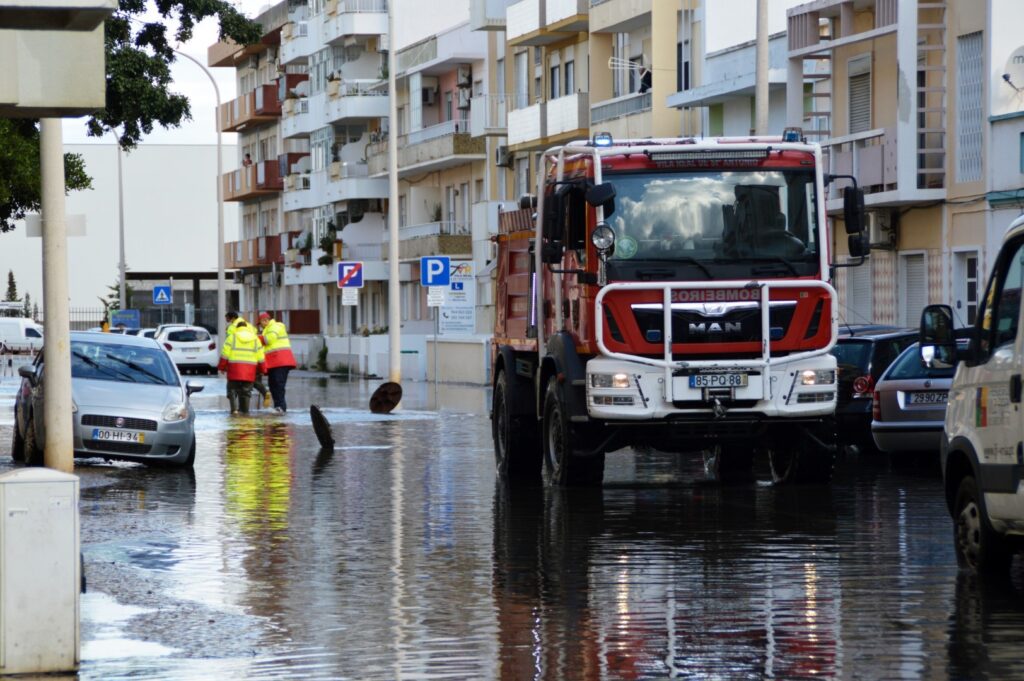
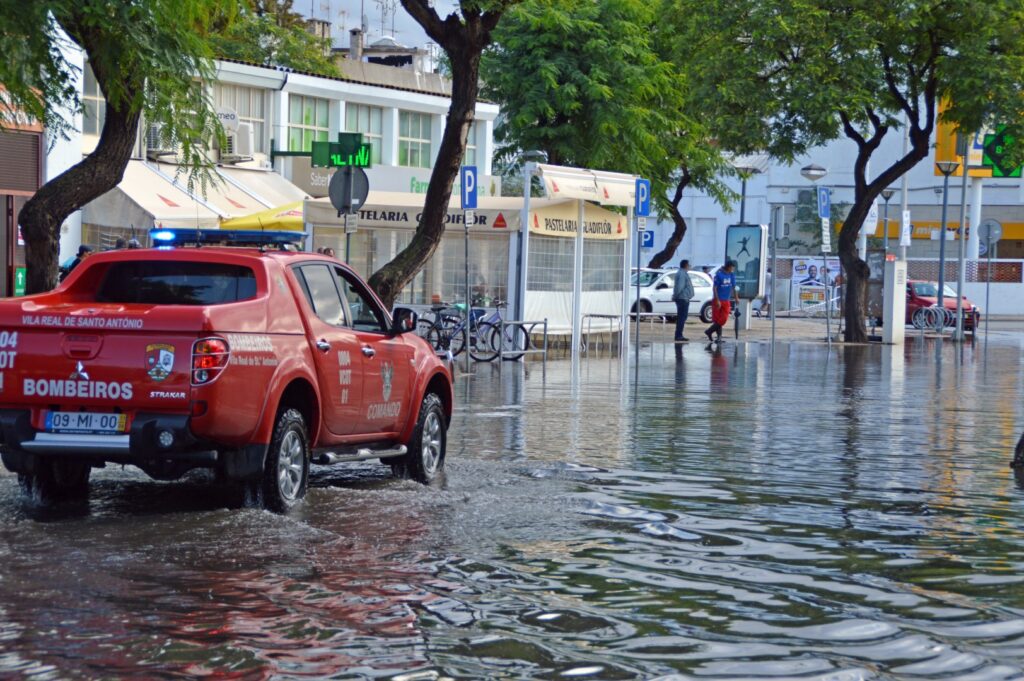
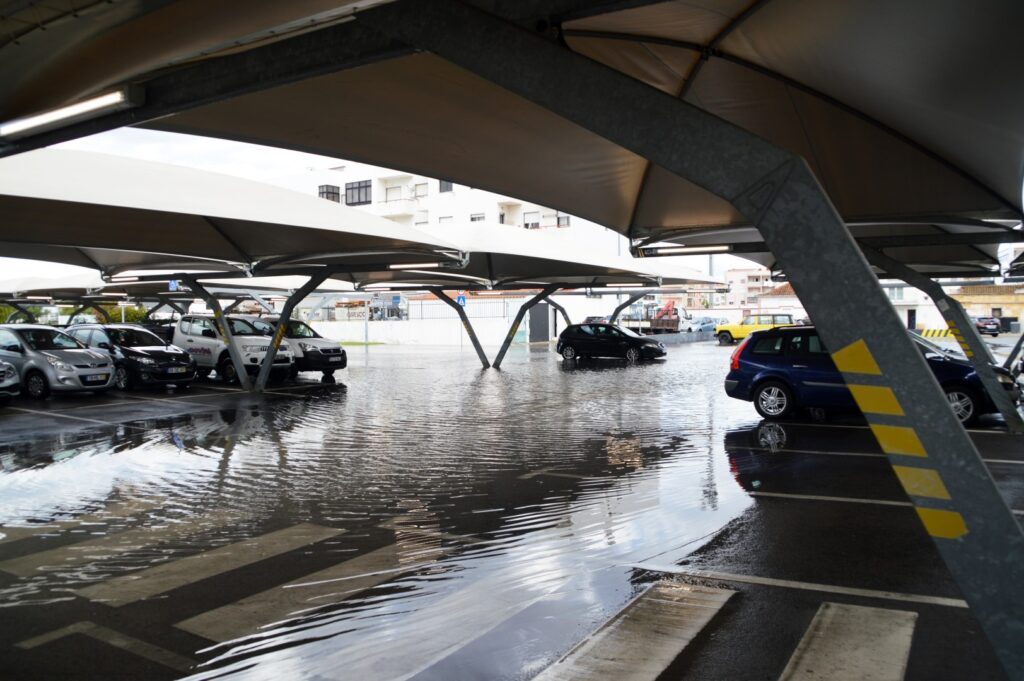
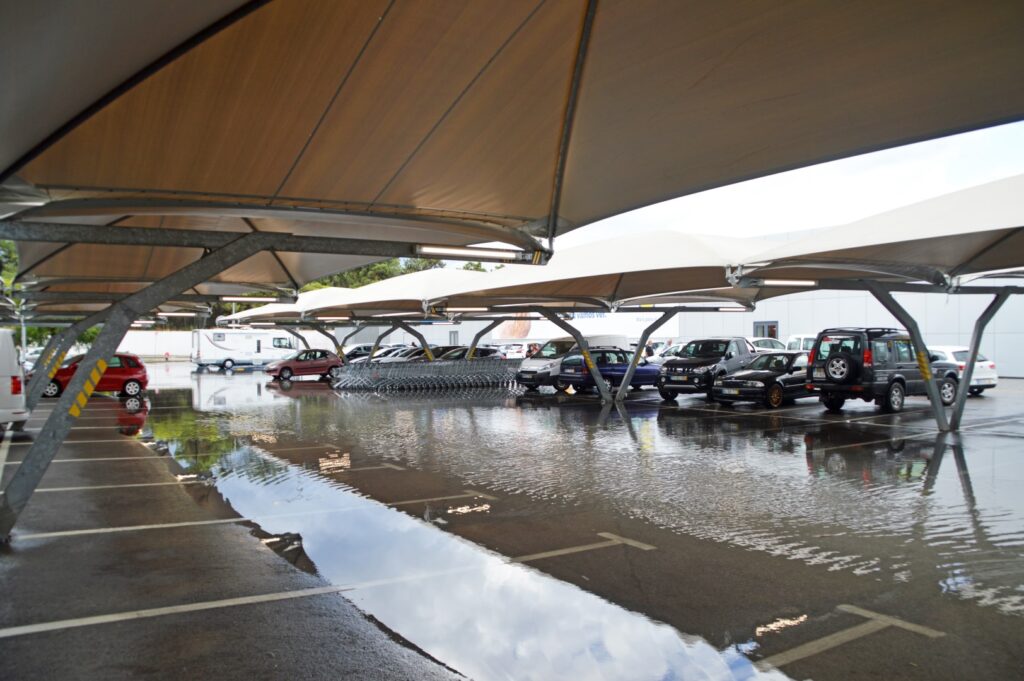
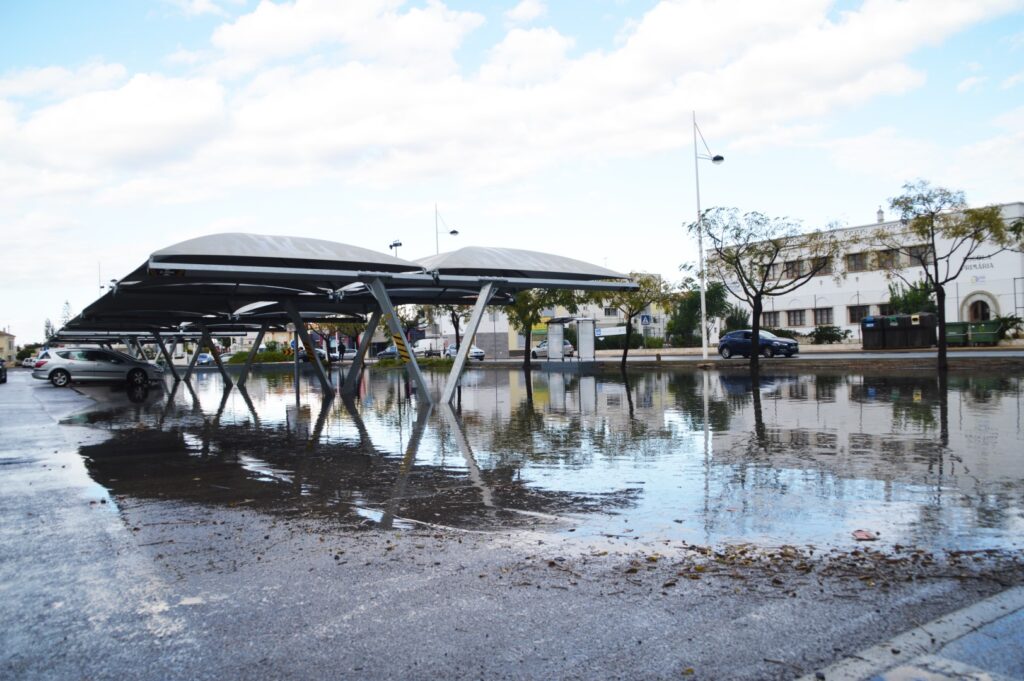
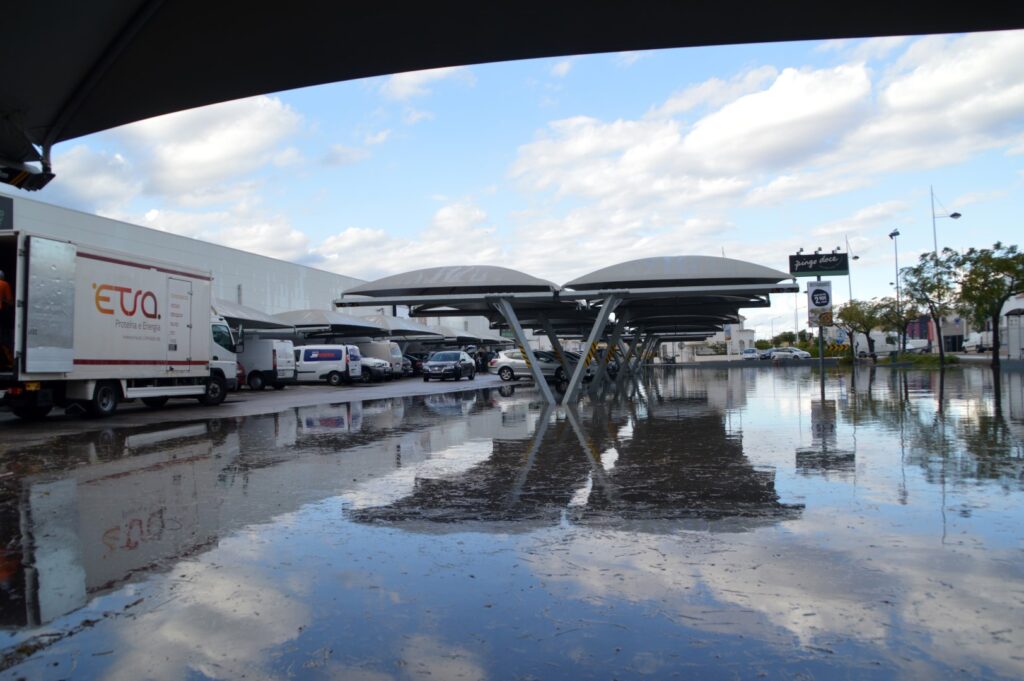
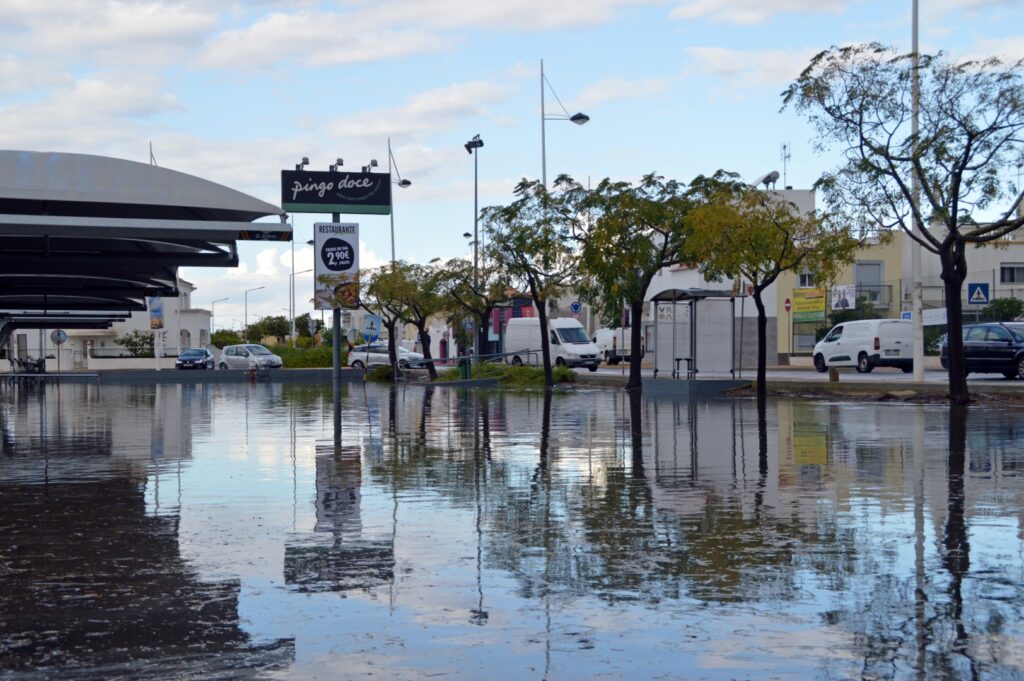
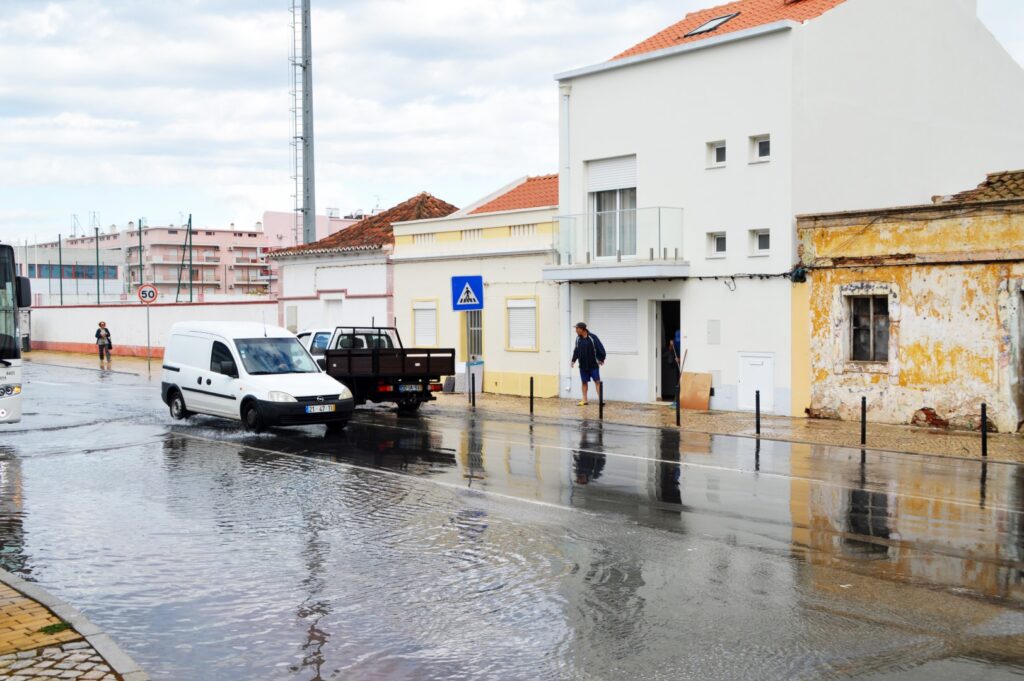
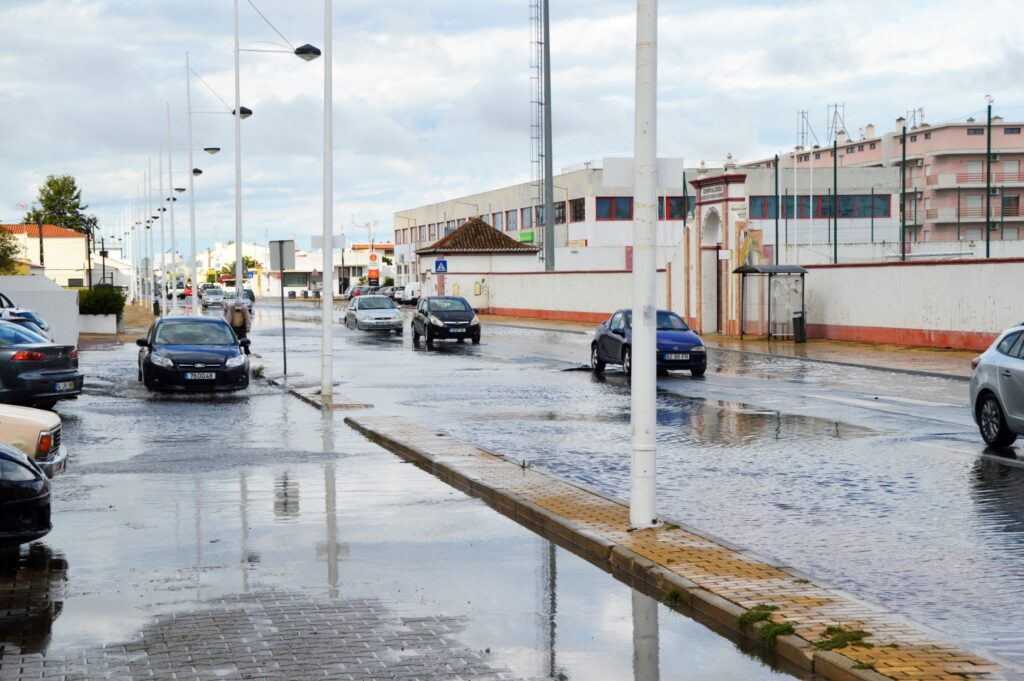
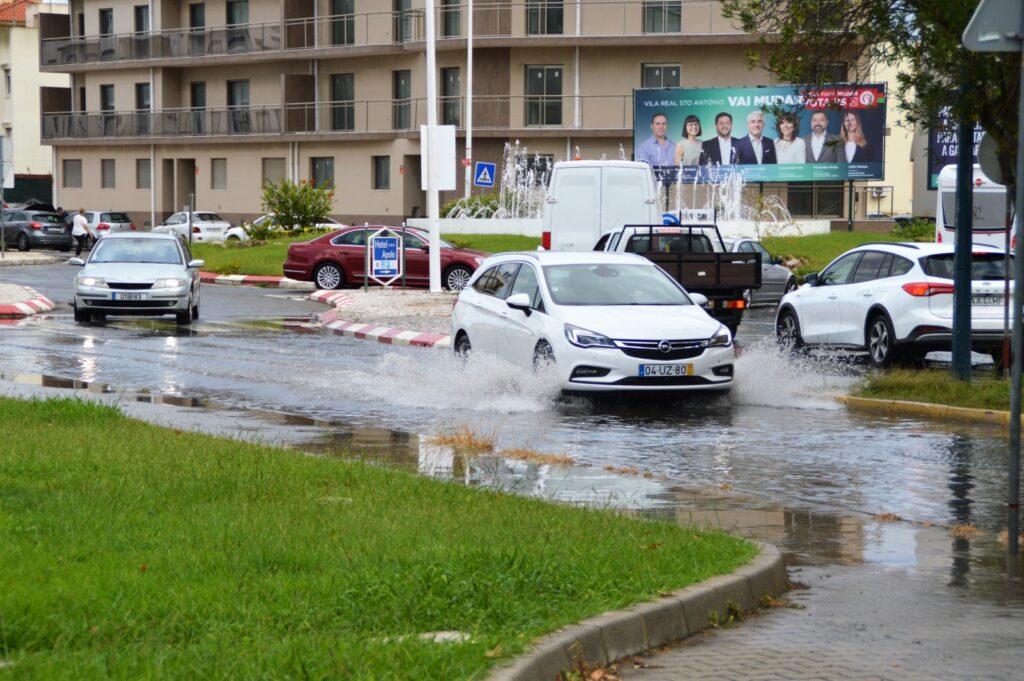
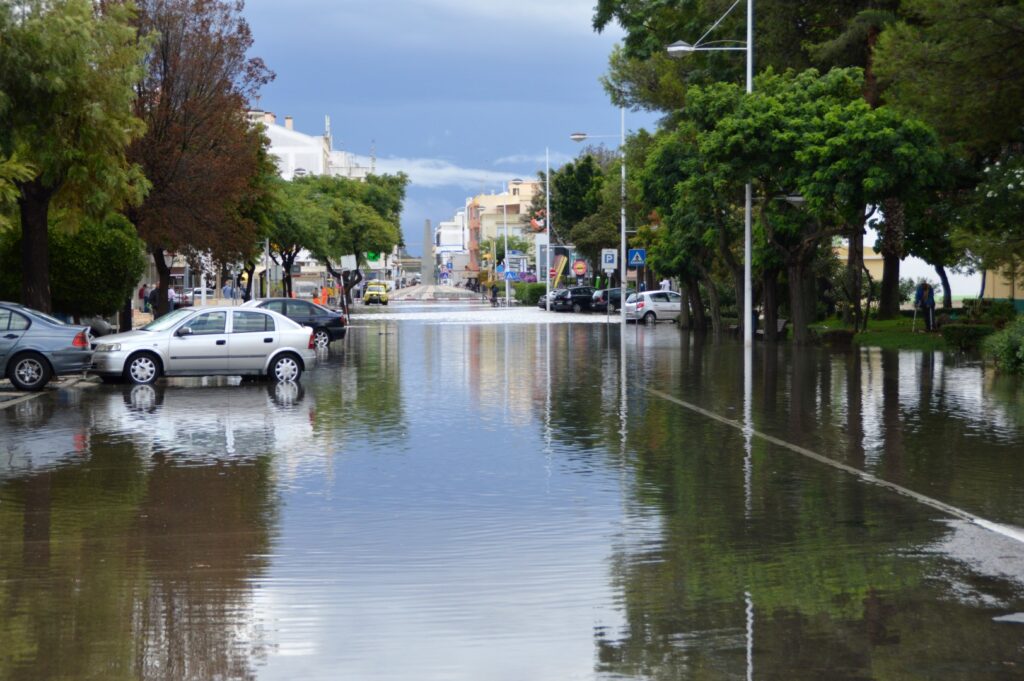
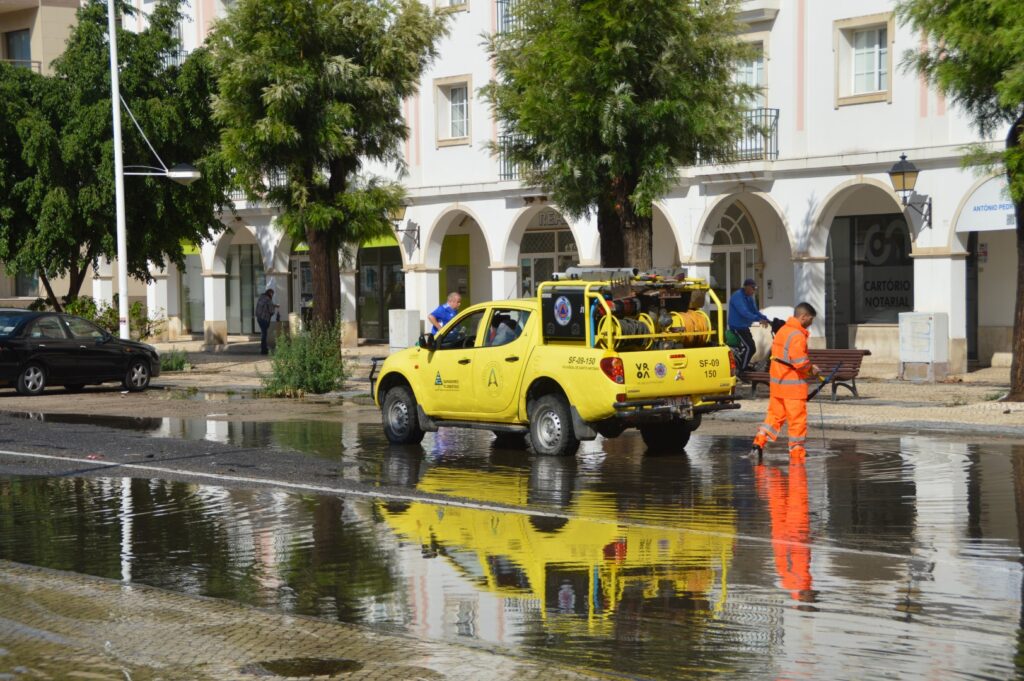
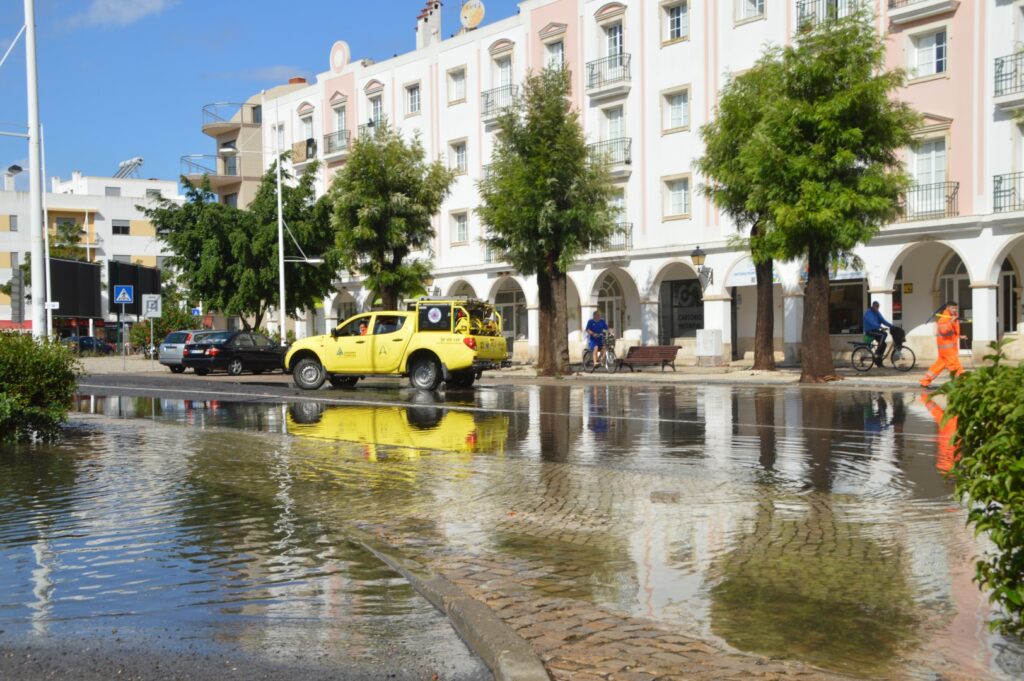
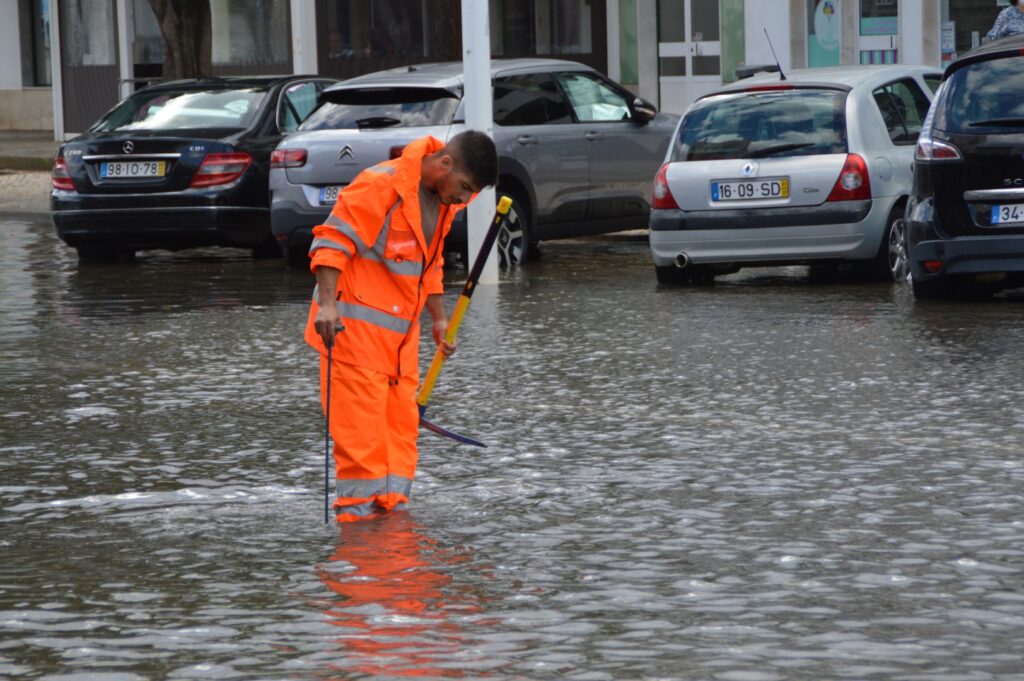
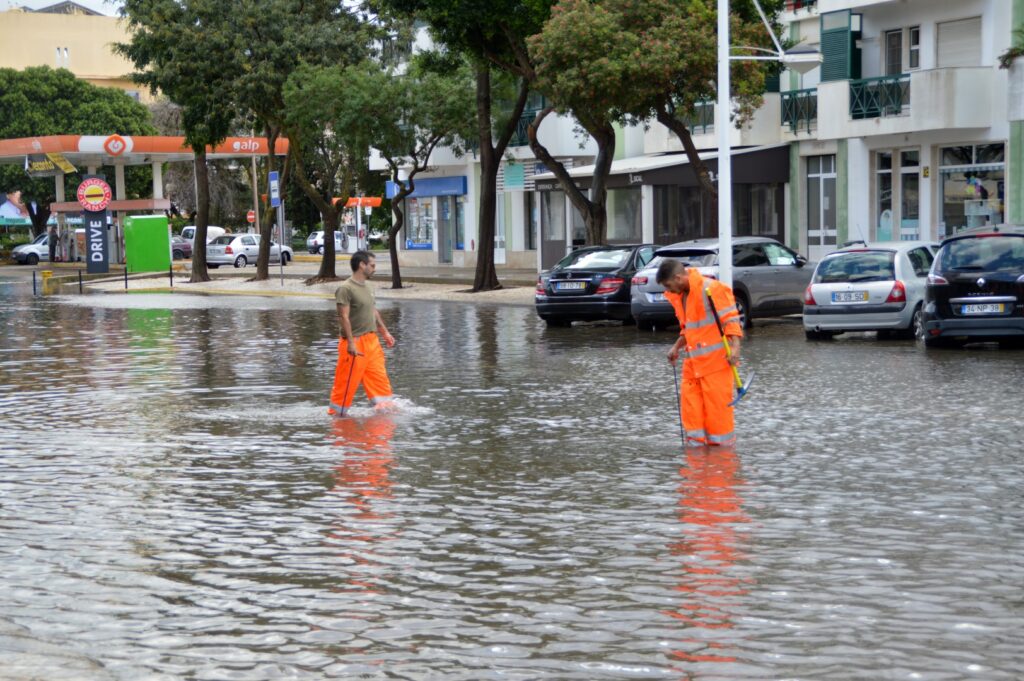

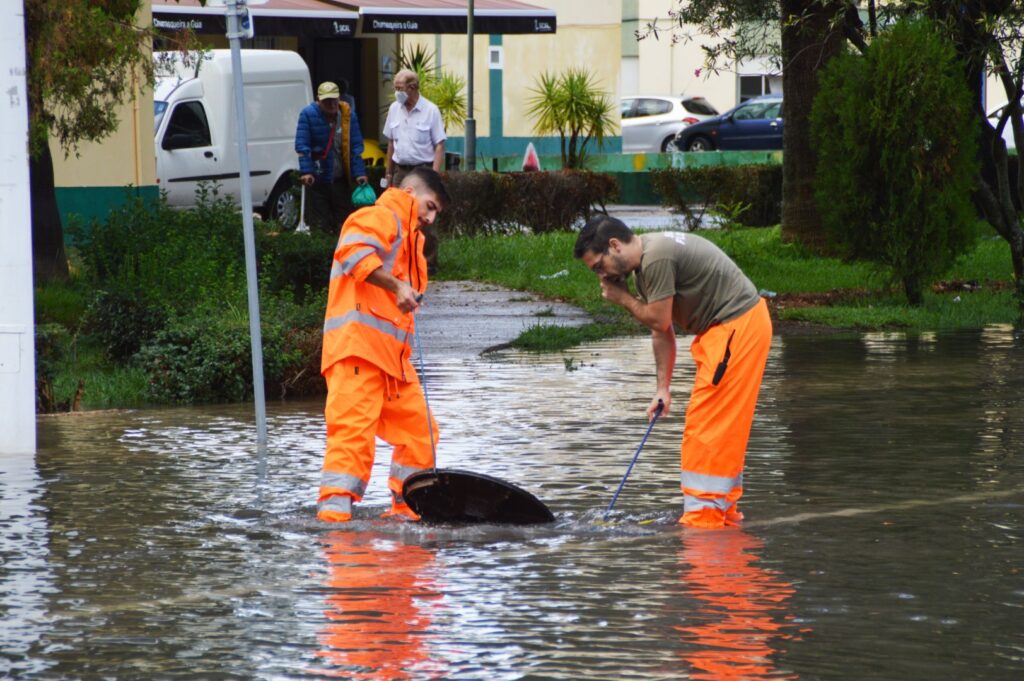
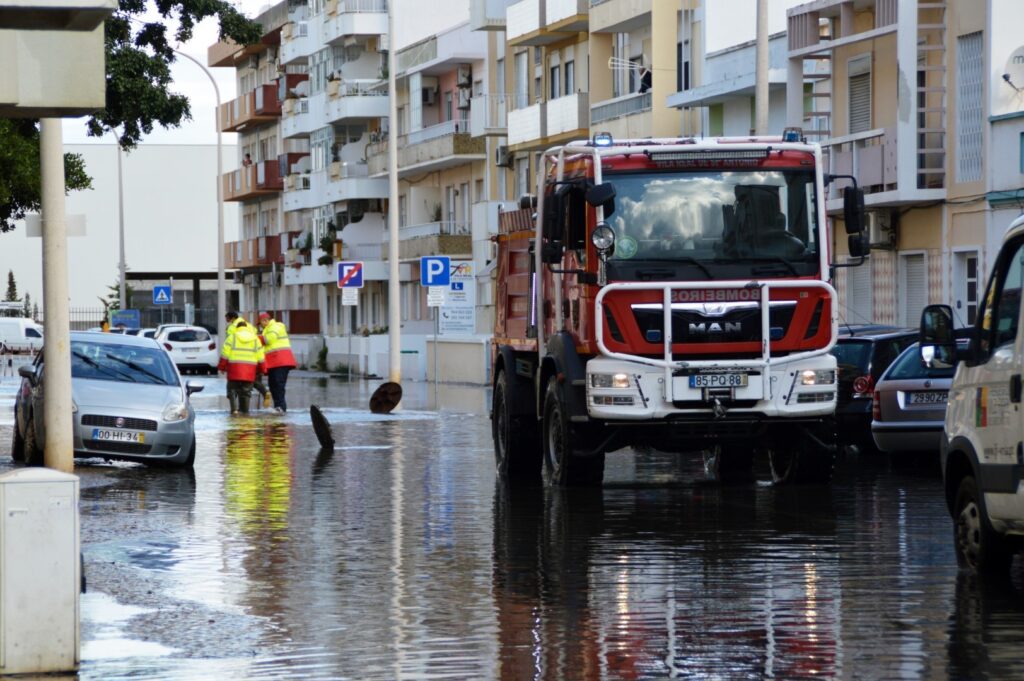
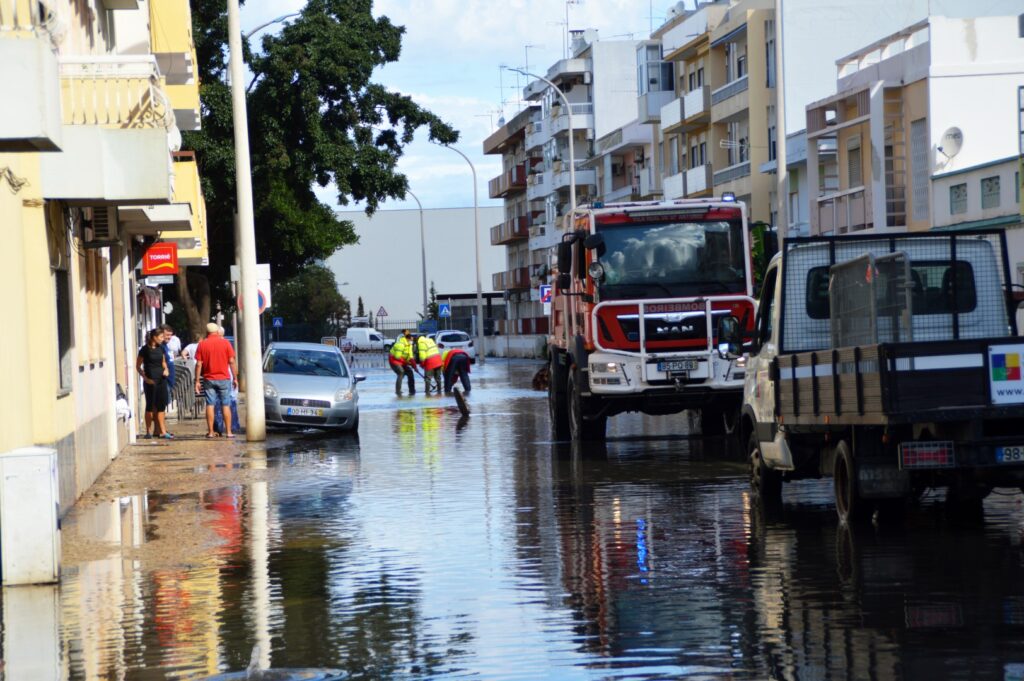
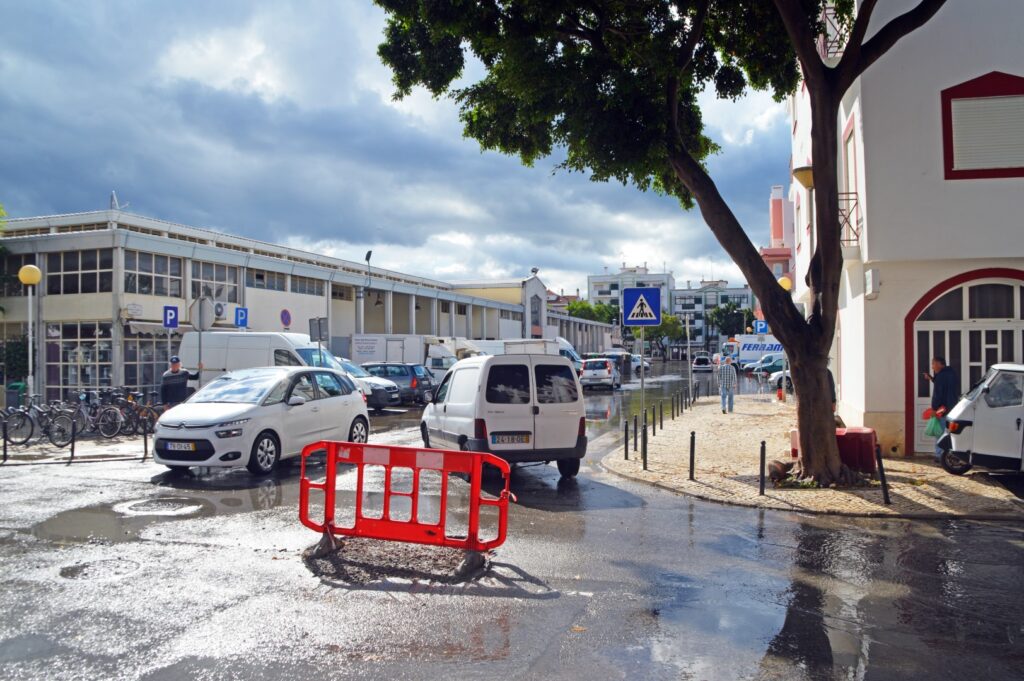
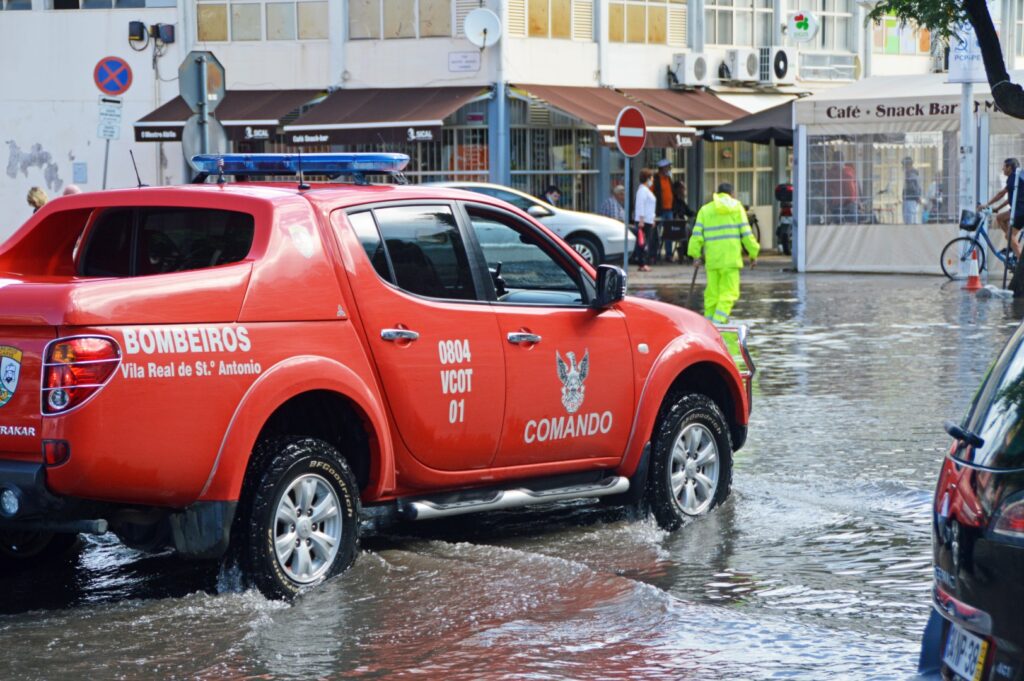
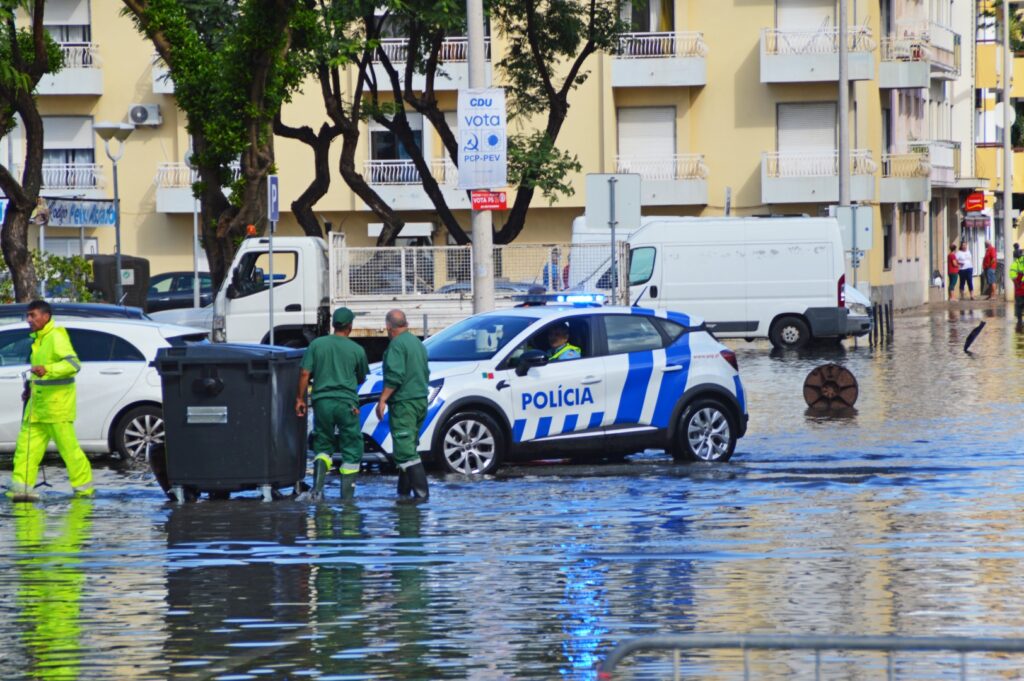


















Comments